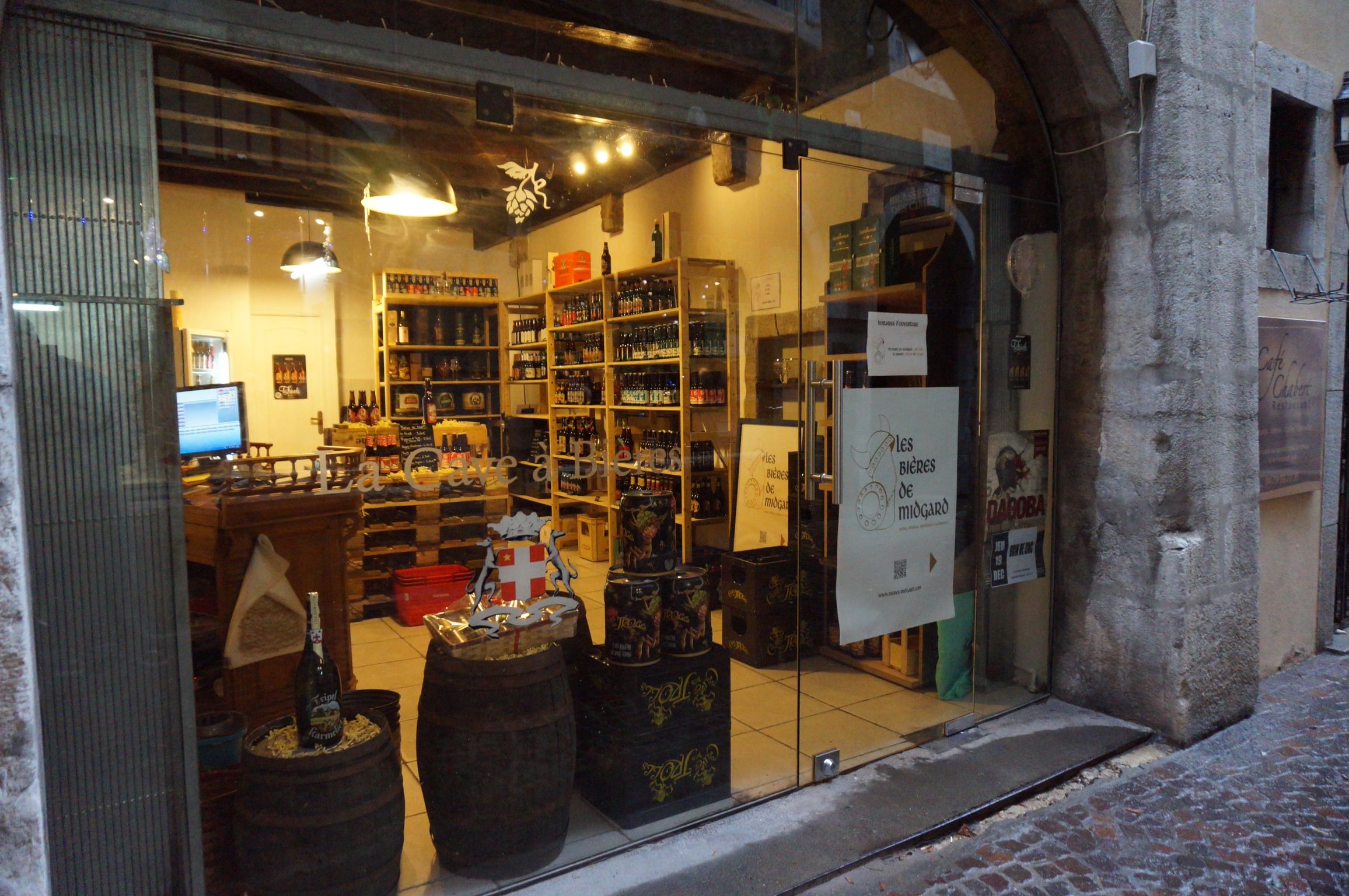San Francisco's Emerging Craft Beer Scene
/Popular mythology holds that the diverse population who headed to California during the Gold Rush set the stage for the California brewing industry. Most who made the trip were disappointed when they arrived in California. The boomtown that was San Francisco lacked many of the comforts of home. To relieve the anxieties of the emigrants and to profit from offering a bit of home to miners in the diggings, enterprising entrepreneurs from Germany and England opened breweries and put San Francisco on the map as a 19th century brewing mecca. As a historian of California and the American west I have a lot of problems with the legends of the roots of California's brewing industry and would argue that most of them aren't true and were created as a clever means of marketing California beers (that topic however will have to wait for another day), but there is no denying that San Francisco was an important producer of great beer in the past, and is currently becoming an important producer of interesting beer and destination worthy of craft beer enthusiasts attention.
Unfortunately, San Francisco's influence on craft beer culture is anchored in the past. Stories abound of Fritz Maytag, who most would agree revived the craft industry in California and possibly the U.S., and indeed the history of Anchor Brewing is quite well known by craft brewing enthusiasts. But past achievements are just that, past achievements, and most of San Francisco's influence on the industry has been eclipsed by Portland, San Diego, and even Los Angeles and Seattle. A quick look at craft beer discussion boards, Yelp and other beer review sites reveals that even San Franciscans are dismissive of or reluctant to praise the craft scene in the city. I'll admit that when prepping for for a weekend trip to The City I didn't think much about beer; maybe a trip to Anchor for a tour of the brewery and a bit of nostalgia*, but I was looking forward drinking wine and exploring the craft cocktail scene. Don't get me wrong, I was familiar with Speakeasy, 21st Amendment, and Almanac all of whom are bottling or canning and have a distribution to Southern California, but I was unprepared and ultimately quite excited by the quiet boom in craft beer that is spreading across the city.
San Francisco is currently home to 19 breweries and brew pubs and according to the San Francisco Brewers Guild; six more will open in 2014 and another dozen or so are in the late planning stages. Along with this explosion of breweries is a recognition by many restauranteurs of the importance of craft beer to their menus. Several new craft centric restaurants and cafes have opened in the past few years, and if the lines and difficulties getting a table is any indicator these new restaurants are quite popular. Obviously, it's a good time to be a craft beer enthusiast in San Francisco.
Beer Engines, Magnolia Brewing
What excited me most about San Francisco's beer scene was the neighborhood focus of the pubs and breweries. Most of these breweries cater to a local community and the vibe in each one was specific to the neighborhood in which it was located (much like Portland, Oregon's brewing culture). This focus on the local and creating a space where community can gather, is how craft beer will survive. While a few regionals will go on to national fame and while ABI and other large conglomerates might buy up some of the craft competition, there will always be room for a neighborhood pub/brewery that serves good beer and offers a place where neighbors can gather, drink and create community and camaraderie. Humans are social creatures and I think we all crave a place that not only serves good beer (and usually food), but brings people together, and breaks down the anonymity and loneliness that can be a part of urban life.
During my too-short stay in the city, I was able to join this community and get a bit of tasting done (tough job, but somebody has to do it) exploring beers from Magnolia Brewing, Southern Pacific, 21st Amendment and Cellarmaker, but I wish I had had more time to explore. Magnolia Brewing in the Haight (soon opening a second location in the Dogpatch) was my favorite of the weekend; their focus on small, sessionable, English-style pub beers was quite refreshing. None of the beers on tap exceeded 8.5% abv with most toping out around 4%. For real ale fans, Magnolia offers five beers served from the cask and hand pulled through vintage beer machines. I had both Dark Star Mild and Pearly Baker's Best Bitter on cask and both were delicious.
Magnolia Brewing Tap List
Along with the cask conditioned ales, I also tasted their traditionally carbonated and served Porter, Bitter, Brown and IPA. All of these would make an Englishman weep with joy.
21st Amendment
21st Amendment Brewery, opened in 2000, has become a staple of the SOMA/ATT Park neighborhood and a regional power house whose canned beers are distributed throughout much of the West and in many states on the East Coast.
The pub offers nine beers on tap and several canned selections. While there I tasted their easy drinking and very good "MCA (jam) Session Stout" 4.5%, a hoppy and pleasantly dark malt bitter, "Back in Black" black IPA, a tasty English/American hybrid "British Invasion IPA," and an okay but not totally convincing nitro Red Ale "St. Patrick O'Sullivans Irish Red."
Southern Pacific Brewing IPA
Without wading too deeply into the gentrification debate, I'll say that the Mission has become home to some really fantastic craft-centric restaurants and the Southern Pacific Brewing Co. Looking at Yelp I was surprised to see rather mediocre ratings of Southern Pacific, but then again I don't put a lot of stock into Yelp reviews. I think many of the bad ones are purely vindictive and the good ones are equally suspect. My visit on a late Sunday afternoon was quite pleasant and the beer was good. Southern Pacific, housed in a large converted warehouse and former machine shop, hints at the recent industrial past of the area and the railroad that once served this great city. The warehouse space offers two stories of seating space and a wonderfully sunny patio, where one can sit comfortably and enjoy your beer. Speaking of beer, they offer a range of six house beers that they say are "true to style beers" and 5 guest taps, plus a full bar and craft cocktails. All the house beers are low alcohol session ales, their highest alcohol beer being their Extra IPA, which tops out at 6.5% but still maintains its malt/hop balance. The "Robust Porter" (5.5%) is a nice medium-bodied porter with just enough chocolate, black patent malts and a West Coast hop bill that keeps the beer interesting. The "California Blonde" was an interesting German inspired blonde that mixed German Pils Malt, American 2-row, Saaz hops and finished Cascades. I found it a bit boring, but it's a great beer to break San Francisco hipsters of their PBR habit.
Abbot's Cellar Taps and glassware.
The gastropub/beer centric restaurant scene is also taking off in San Francisco. The Abbot's Cellar, also in the Mission, is becoming the center of this beer/restaurant universe. Beer rarely gets the kind of reverence that wine deserves, and maybe that's a good thing, but it's refreshing to see restaurant pay attention to their beer programs. And pay attention they do. The Abbot's Cellar has a tap list of about 30 craft beers that range from light Kellerbier from Mahr's Brau to fruity and citrusy pale ales like San Francisco's Cellarmaker's "Crush a Bale" to dark and rich beers like Port Brewing's "Older Viscosity 2010." The bottle list is even more impressive. Each of the beers is paired expertly with food. I had the four course tasting menu paired with a different beer each course. The beers paired well, but I was disappointed with the beers they poured. Don't get me wrong, the beers were good (La Trappe "Witte," Mahr's "Ungespundet," Coniston "Bluebird Bitter XB," and North Coast's "Old Rasputin"), but I was expecting local beers. Unfortunately the draft list only features three San Francisco beers (Cellarmaker's "Tim's Brown" and "Crush-a-Bale" and Magnolia's "Cole Porter"). While I applaud the focus on craft beer and really enjoyed the food and beers we drank with it, it would have been nice to see more support for local brewing companies.
All in all this was an eye opening trip to San Francisco. Its clear that San Francisco's craft scene is emerging from the fog of its past.
*Unfortunately I wasn't able to tour Anchor. The Tours run only M - F and have become so popular with tourists that you need to reserve a space three to six months in advance.
Southern Pacific Patio. Photo: Amy Bentley-Smith
Southern Pacific Interior. Photo: Amy Bentley-Smith









